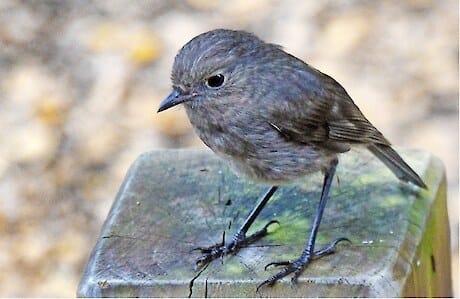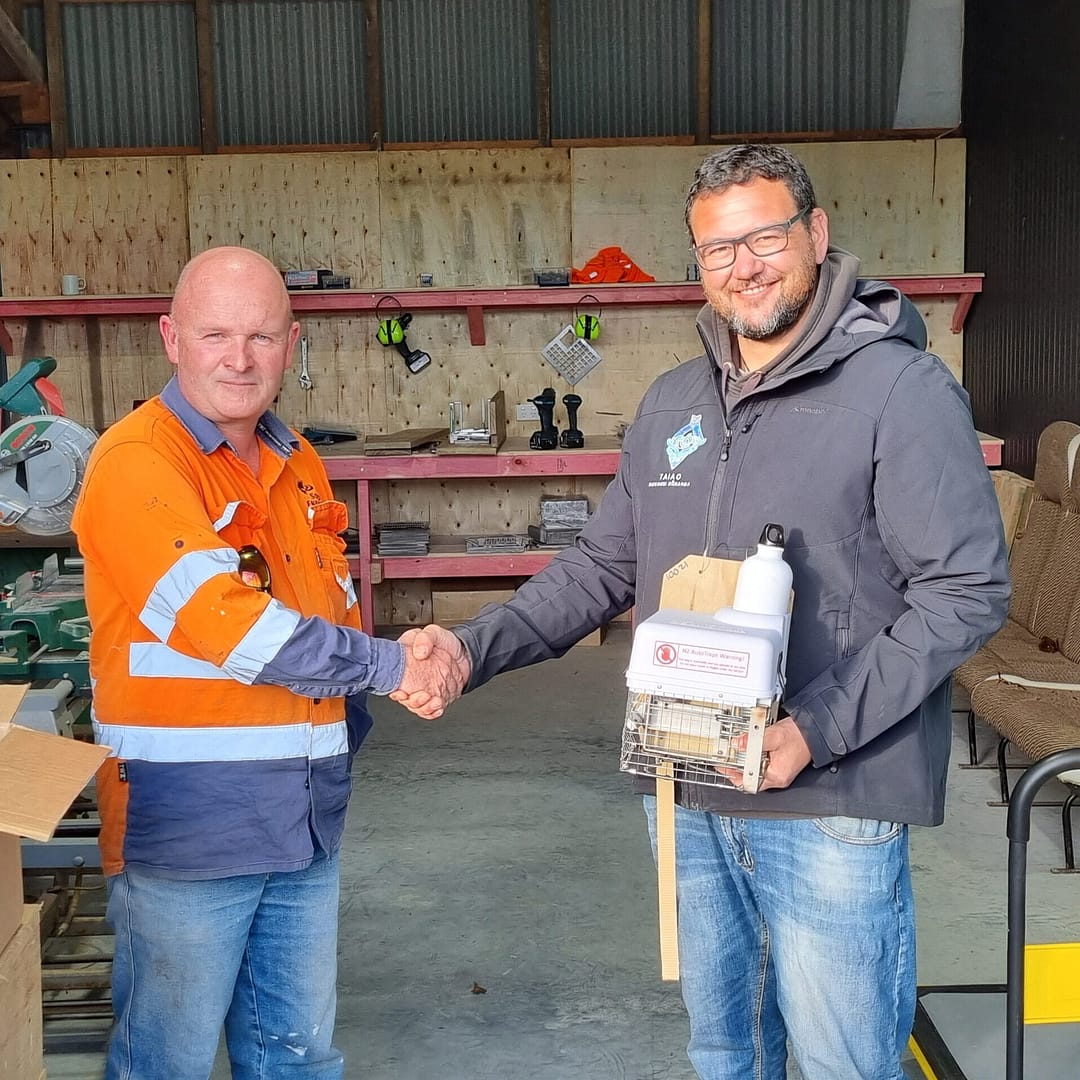Many hands make light work – ka pai Alliance!
Mā tini mā mano
Ka rapa te whai
Many hands make light work
Unity is strength
Haumuri/Croydon Bush is an 874-ha reserve to the northwest of Gore. It includes Dolamore Park, a 95-ha area managed by Gore District Council.
Haumuri is home to many indigenous species. It has cultural significance to Ngāi Tahu and contains tributary headwaters to the mahinga kai site at Te Au Nui Pihapiha Kanakana (Mataura Falls). It also has recreational value including cycle trails, campgrounds, botanical gardens, and walking tracks.
Predators such as possums, rats, and mustelids have caused many indigenous species to be lost from the area, while introduced browsers have had significant impacts on vegetation health.
Predator control from the Hokonui Tramping Club within the area has had a positive impact on ecosystem health thus far, and the Hokonui Mountain Bike Club are also on board to contribute, however more work is needed to restore this habitat to a biodiversity-rich area.

The South Island Robin (Petroica australis) is one of the species lost from Haumuri due to introduced predators. Pest control will facilitate the reintroduction of species such as this in the future.
Photo source: Wikimedia Commons.
Total Pests Caught by the end of September 2022:
Possums Caught by the end of September 2022:
Mustelids Caught by the end of September 2022
Other Pests Caught by the end of September 2022:
There are 4 main outcomes sought from this project:
Initial pest control will focus mainly on possums, with mustelid control in some areas. Activities will expand in later stages to include species such as rats.
A monitoring programme for native flora and fauna will be developed and employed throughout the project to ensure goals are being met. This monitoring will also help to identify suitable sites for restoration work.
The project includes the Traineeship Project which is providing expertise to local people so they can work in roles improving our natural environment now and in the future.
This project will work with community groups conducting predator control in the reserve. These community groups could benefit from additional volunteers, if you are interested, please contact us for more information. Just let us know your area of interest (or willingness to learn!).
Volunteer activities could include anything from trap checking and trap box building, to managing data, tree planting, fundraising, and more.
If you own a business or are involved in a club that would like to donate funds or time to the cause, we would love to hear from you as well!
Mā tini mā mano
Ka rapa te whai
Many hands make light work
Unity is strength

The team at the Hokonui Rūnanga are constantly amazed at the generosity and goodwill of the people and

Collaborative governance between both New Vale and the Hokonui Rūnanga has been a tale of success. They are

On Wednesday 27 April, we were very lucky to have the Minister for Māori Development Willie Jackson join